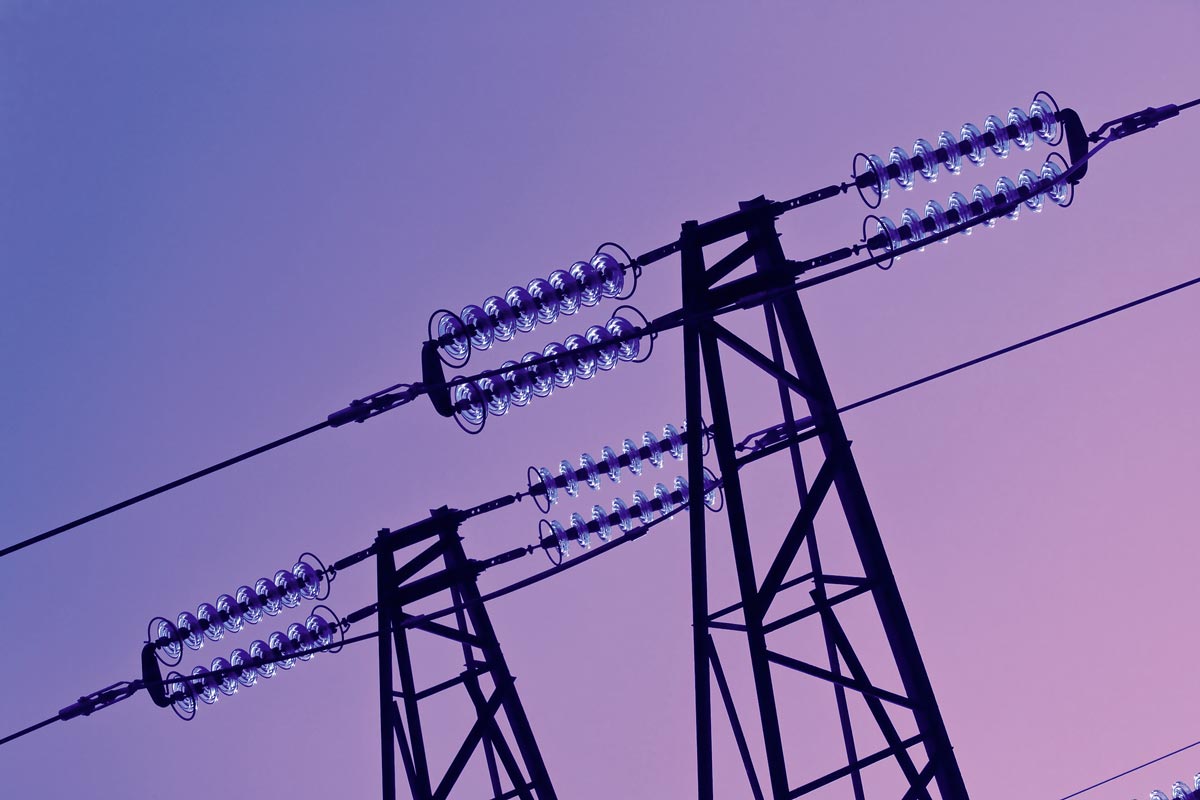Intelligent grids, smart meters and equipping buildings with modern devices that can be actuated by means of information and communication technology (smart homes/smart buildings) are an excellent basis for load rescheduling (to some extent automated) at low cost. Within the “Flex-Tarif” project researchers at Johannes Kepler University (JKU) Linz investigated flexible electricity prices and charges in the context of opportunities to reschedule loads in households and companies.
Households, commerce and industry as addressees and providers of load rescheduling, as well as network operators and power suppliers as customers, make up the participants in the load rescheduling market. Actually rescheduling a load and selecting a flexible tariff must have advantages for both providers and customers. Apart from technical and legal prerequisites, motivation and special interests in the various customer segments are decisive when it comes to implementing load rescheduling. Customer and market segmentation is necessary so that differentiated, flexible electricity tariffs can be developed for different groups of customers in the future. Communication between the various stakeholders plays a vital part here.
In the small-customer sector households and small commercial operations were examined as part of the project; these are invoiced without power factor measurement to date. It can be assumed that by 2025 smart meters will be installed everywhere, power factor measurement will be possible and flexible tariff models will gain acceptance with particular target groups.
In the long term the interests of grid and market should be harmonized intelligently by means of a so-called traffic-light system, in which customers can react freely to the market price during the green phase (when a reliable supply is assured), whereas no choice is possible in the red phase (critical for reliable supply) and only restricted choices are possible during the orange (transition) phase.
This approach is seen as making sense for large consumers, too; since some automation potential already exists here and the extent of modifiable loads/consumption levels is greater, it is easier to implement than in the small-consumer sector.
>> www.nachhaltigwirtschaften.at/e2050/publikationen/view.html/id1324
(in German)
CONTACT
Simon Moser
Energy Institute at JKU Linz
moser@energieinstitut-linz.at
www.energieinstitut-linz.at
Tariffs have two components: an electricity price and network charges. Charges are (regulated) tariff elements, either flat-rate or kW and/or kWh-dependent; prices are unregulated tariff elements for electricity. Flexible tariffs comprise all elements that influence demand, such as switchable, dynamic tariffs (real-time pricing) or time-dependent tariffs (time of use).
